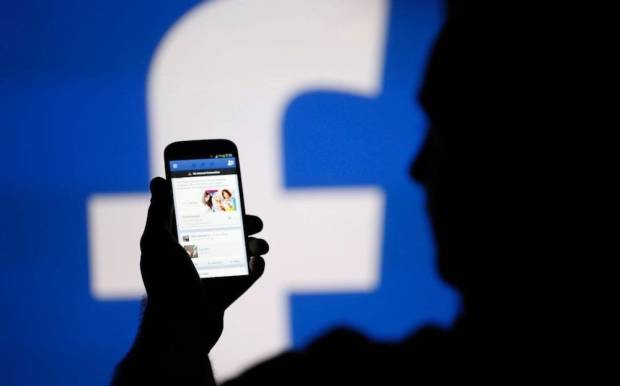Facebook Crushes Earnings — But Warns That Increased Costs Are Ahead

Facebook managed to notch another quarterly earnings report that outstripped Wall Street’s expectations.
Q3 earnings and revenue both came in significantly higher than expected, with strong growth in Facebook’s mobile advertising business. But the social media company’s stock was down in after-hours trading, as investors were taken aback by the projected uptick in the platform’s rising operating costs in the year ahead.
Facebook has spent much of the last week in the regulatory line of fire over fake news and advertising purchased on the platform by Russian nationals looking to influence the course of the 2016 U.S. election. The site estimates that those ads reached as many as 126 million Americans on Facebook and more on Instagram. CEO Marc Zuckerberg has promised that Facebook will take steps to protect the site – and its users – from the infiltration of fake news, but that such safeguards will not come cheaply.
“We’re serious about preventing abuse on our platforms. We’re investing so much in security that it will impact our profitability,” Zuckerberg said on a conference call with investors, before adding that the protection of the Facebook community is “more important” than boosting profit.
But by the looks of the Q3 results, Facebook seems to be doing quite well on the profit front.
By The Numbers
Q3 saw Facebook deliver $10.3 billion in revenue, a 47 percent year-on-year increase and well in excess of the $9.84 billion analysts had expected. EPS clocked in at $1.59 per share, also more than the $1.28 a share expected.
Ad sales rose a staggering 49 percent to $10.1 billion, 88 percent ($8.9 billion) of which were mobile ad sales.
The average cost of an ad was up 35 percent during the quarter, and ad impressions were up 10 percent year-to-year. All in, Facebook now has six million advertisers on its platform; Instagram has two million.
Operating margin – a key measure of Facebook’s profitability – is now at 50 percent, up from 44 percent from a year ago, despite a 47 percent increase in head count. Facebook now employs 23,165 people.
Net income surged to $4.7 billion from $2.63 billion a year earlier.
The Fake News Freeze And Looking For New Revenue Streams
During the Q3 call with investors, CFO David Wehner noted that investors could expect to see Facebook’s expenses rise quite sharply as the company begins to expand both its security efforts and investing in original video content. This follows the grilling of Facebook’s general counsel Colin Stretch before the U.S. Senate on Tuesday (October 31), when he said that Facebook would double to 20,000 the staff dedicated to combatting fake news and hate speech.
But during the call, Zuckerberg also indicated that Facebook would be examining other ways to monetize the two other networks in its social media empire: WhatsApp and Facebook Messenger, each of which sees over a billion daily active users. Without sharing specifics, Zuckerberg said that he wanted to see Facebook “move a little faster here,” but remains confident that a monetization strategy will work out over the long run.
There were also some hints, care of CFO Wehner, that there could be some changes to how Facebook and its associated platforms will price ads going forward. In the face of a loss of inventory capacity in the Facebook News Feed, Wehner suggested that ad prices will have more of an impact on future ad revenue than the number of ads sold.
Zuckerberg also talked up the site’s push into video, telling investors that video would be a significant driver of Facebook’s business in the next two to three years as it expands into scripted, professionally produced content. It’s a sharp left turn for a platform whose first epoch of existence was entirely based on user-generated content.
But Facebook’s biggest success story coming out of Q3 is certainly its mobile story. “In mobile, we’re continuing to see great strengths,” Wehner told Reuters. “We’re seeing more and more ad dollars getting allocated to mobile, and we think that trend will continue.”
The Killer Facts
- 37 billion: Facebook’s active daily users
- 700 million: Instagram’s monthly active user base
- 300 million: The number of active daily users for Instagram Stories and WhatsApp Status
- 173 million: Snapchat’s number of active daily users
- $8.9 billion: Facebook’s mobile ad sales in Q3 (88 percent of total ad revenue)
8 million: Facebook and Instagram’s combined advertiser base
10,000: The number of new workers Facebook will hire to boost its fake news fighting efforts, bringing the total number of human moderators to 20,000
